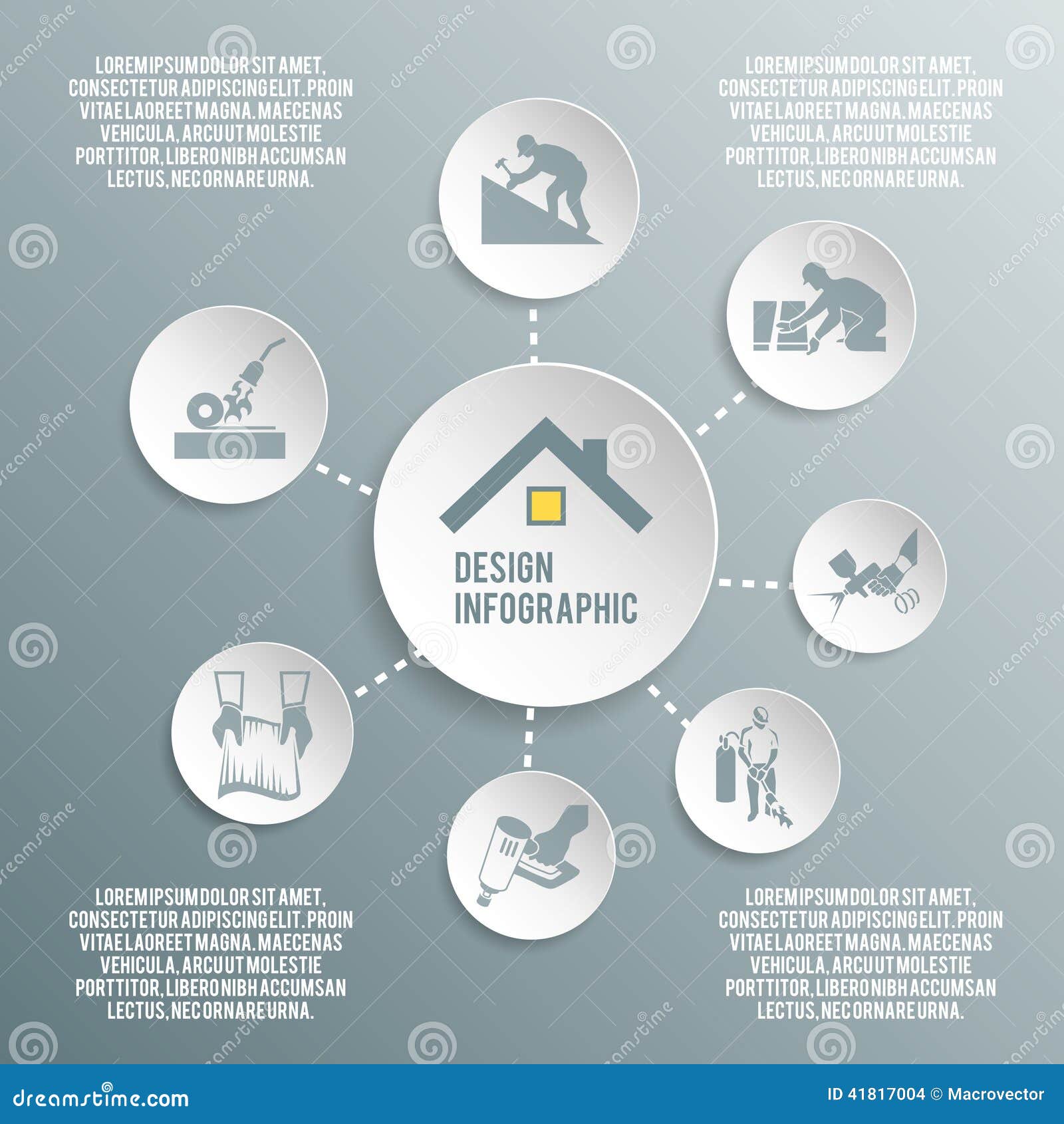Finding Roofing System Damages Early To Stop Significant Complications
Finding Roofing System Damages Early To Stop Significant Complications
Blog Article
Produced By- siding installers near me
To protect your home from possible pricey repair work, recognizing roofing system damage very early is vital. By keeping an eye out for refined signs like missing out on shingles or water discolorations, you can capture problems before they get worse. However what concerning those often neglected areas that could mean hidden troubles prowling over you? Keep tuned to uncover key tips for spotting roof damage before it escalates right into a major frustration.
Very Early Warning Signs
Identifying roof damages early can conserve you money and time. One key early warning sign to watch out for is missing out on or harmed roof shingles. If please click the next web page notice any kind of shingles that are split, curling, or entirely missing out on, it's important to address the issue immediately. These damaged shingles can leave your roof covering vulnerable to leakages and further damages.
Another sign to seek is water discolorations on your ceiling or walls. These spots can show a leak in your roof covering that requires instant focus. Ignoring these water stains can bring about more extensive and pricey fixings down the line.
In addition, watch for any indications of drooping or sagging areas on your roof covering, as this can suggest architectural damage that needs to be fixed quickly.
Exterior Examination Tips
Routinely inspecting the exterior of your roofing system is vital for maintaining its integrity and recognizing prospective damage early. Beginning by taking a look at the shingles-- look for any kind of missing, cracked, or curling roof shingles, as these can be signs of roofing system damages.
Inspect the rain gutters for granules from the roof shingles, as extreme granule loss may indicate aging or weathering. Take notice of the blinking around vents, smokeshafts, and skylights, guaranteeing they're firmly sealed and without splits.
Look for indications of moss, algae, or mold development, as these can result in roofing wear and tear otherwise addressed without delay. Furthermore, check the fascia and soffits for any kind of water spots or rot, which could indicate water damages.
Lastly, evaluate the overall problem of your roof covering from the ground, looking for any drooping locations or visible dips. By conducting these outside examinations routinely, you can catch roof damage early and avoid it from becoming a significant issue.
Interior Warning
When checking your roofing for potential damages, do not neglect the significance of checking the interior of your home. Inside warnings can commonly be early signs of roof covering issues that require attention.
Begin by examining your ceilings for any type of water discolorations or discoloration, as these could indicate a leakage in the roof. One more crucial location to check is the attic, where signs of water damage, mold, or mold might show a roof covering problem.
Pay very close attention to any kind of musty smells or a recognizable rise in humidity degrees, as these can additionally be signs of water breach from a harmed roof. In addition, sagging locations in the ceiling or walls should be taken seriously, as they could be a result of water damages deteriorating the framework.
If you notice any one of these indoor warnings, it's essential to have a specialist roofing professional examine the situation promptly to stop additional damages and expensive repair work.
Final thought
By remaining attentive and consistently checking for early warning signs of roofing damage, you can stop small issues from turning into major problems. Watch out for missing or damaged shingles, water spots on ceilings or walls, and any sagging or drooping locations on the roof covering. By resolving these issues promptly, you can save on your own from pricey repair services and ensure your roofing system remains in good condition for many years to come. Stay proactive and safeguard your home from prospective damages.
